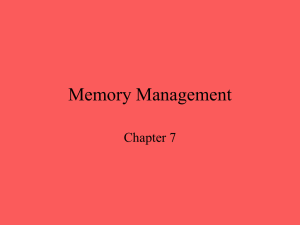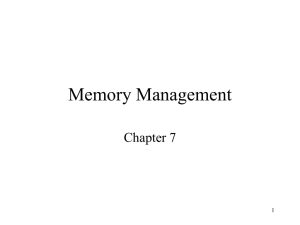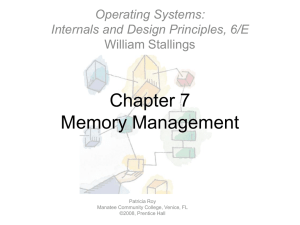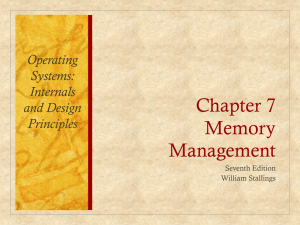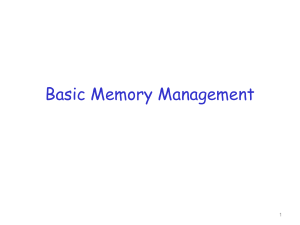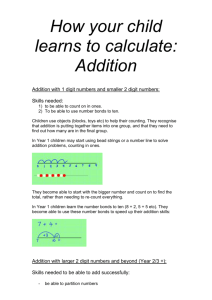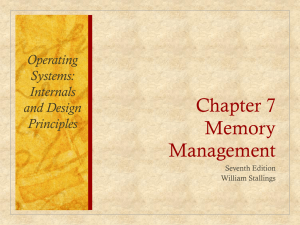for Data Partitioning Scheme HPF Genetic Algorithm based
advertisement
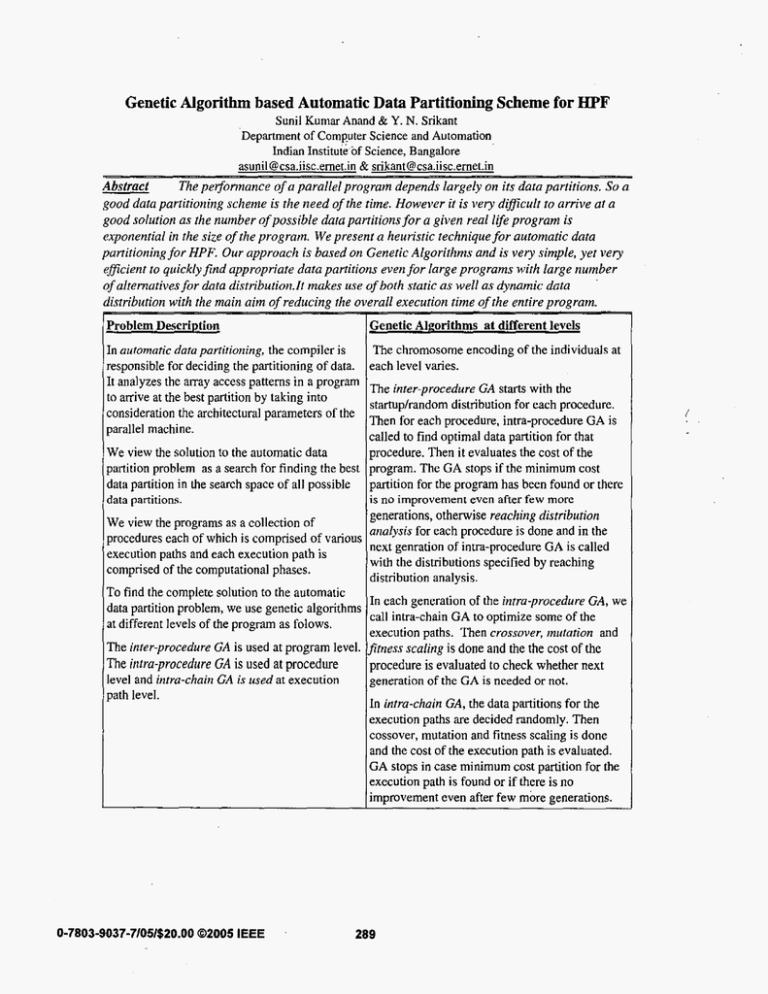
Genetic Algorithm based Automatic Data Partitioning Scheme for HPF Sunil Kumar Anand & Y. N. Srikant Department of Computer Science and Automation Indian Institute of Science, Bangalore asunil @csa.iisc.ernet.in& srikant@csa.iisc.ernet.in ~ The peqonnance of a parallel program depends largely on its data partitions. So a Abstract good data partitioning scheme is the need of the time. However it is very diflcult to arrive at a good solution as the number of possible dutu partitions for a given real life program is exponential in the size of the program. We present a heuristic technique for automatic data partitioning for HPF. Our approach is based on Genetic Algorithms and is very simple, yet very eficient to quickly find appropriate data partitions even for large programs with large number of altematives for data distribution.It makes use of both static as well as dynamic data distribution with the main aim of reducing the overall execution time of the entire program. Problem Description Genetic Algorithms at different levels In automatic data partitioning, the compiler is responsibIe for deciding the partitioning of data. It analyzes the array access patterns in a program to arrive at the best partition by taking into consideration the architectural parameters of the parallel machine. The chromosome encoding of the individuals at each level varies. The inter-procedure CA starts with the startuphandom distribution for each procedure. Then for each procedure, intra-procedure GA is called to find optimal data partition for that We view the solution to the automatic data procedure. Then it evaluates the cost of the partition problem as a search for finding the best program. The GA stops if the minimum cost data partition in the search space of all possible partition for the program has been found or there is no improvement even after few more data partitions. generations, otherwise reaching distribution We view the programs as a collection of analysis for each procedure is done and in the procedures each of which is comprised of various next genration of intra-procedure GA is called execution paths and each execution path is with the distributions specified by reaching comprised of the computational phases. distribution analysis. To find the complete solution to the automatic In each generation of the intra-procedure GA, we data partition problem, we use genetic algorithms call intra-chain GA to optimize some of the at different levels of the program as folows. execution paths. Then crossover, mutation and The inter-procedure CA is used at program level. 'fitness scaling is done and the the cost of the The intra-procedure GA is used at procedure procedure is evaluated to check whether next level and intra-chairz CA is used at execution generation of the CA is needed or not. path level. In intra-chain GAYthe data partitions for the execution paths are decided randomly. Then cossover, mutation and fitness scaling is done and the cost of the execution path is evaluated. GA stops in case minimum cost partition for the execution path is found or if there is no improvement even after few more generations. 0-7803-9037-7/051$20.00 02005 IEEE 289 Fig: Program hierarchy NO Fig: Flowchart of the GA at different levels of the program Conclusion Results - The results on a 4-node and a 8-node cluster - By using Hierarchical Genetic Algorithms, we show that the GA based automatic data have explored and implemented a very simple algorithm to find a good solution for Automatic Data Partitioning problem. . partitioning scheme gives better results as compared to that with some particular data distributions for the whole program. - The results of inter-procedure data partition are better than those with onIy intra-procedure data partition. - Inter-procedural GA is required for a complete solution to the GA based automatic data partitioning problem. 290


